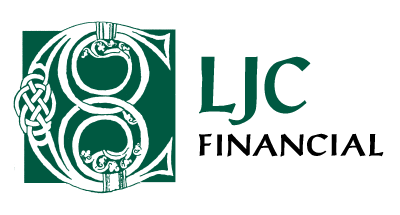Retirement Planning
Retirement planning should provide an outline to meet future financial objectives. The way your funds are structured will, in part, determine your tax situation, your risk management and the potential gains on your investments. Reviewing your financial situation will allow us to make recommendations to develop solid financial strategies in order to obtain the greatest possible benefit from your resources.
The implementation of your financial plan may result in portfolios containing several different types of account structures. The following are a list of possible products that may be applicable to you:
Tax Free Savings Account (TFSA)
A Tax-Free Savings Account (TFSA) is a smart way to help you reach your savings goals faster by earning tax-free interest on the money you save. Save for a rainy day, to buy a home or even for your retirement—your TFSA can help you build a nest egg.
Why a TFSA?
- Tax-free growth
- Tax-free withdrawals
- Variety of qualified investments
- Flexible way to save
Registered Retirement Savings Plan (RRSP)
The beauty of an RRSP is that the funds you put in are tax-deductible, meaning you can use them to reduce the amount of taxes you pay. In addition, because they’re “tax-advantaged,” your investment income can grow tax-deferred as long as it remains within the RRSP until you make a withdrawal.
Why an RRSP?
- Tax-deferred savings
- Tax deductions
- Income splitting
- Financing your first home or education
- Variety of investments
Non Registered Investments
A non-registered account is a flexible option that you can use for both shorter- and longer-term investing. It can be used for everything from a child’s education to your retirement plan.
Pros:
- No contribution limit.
- Useful if you’ve reached your contribution limit on an RRSP or TFSA.
Cons
- Investment income earned and gains realized are taxable.
- Contributions are not tax-deductible.
Registered Education Savings Plan (RESP)
An RESP is a tax-sheltered plan that helps you save for a child’s post-secondary education faster. When combined with the educational grants provided by the government, an RESP can make funding your child’s education even more affordable.
Why an RESP?
- Tax- Sheltered Growth
- Government Contributions include Canada Education Savings Grant, Canada Learning Bond.
Registered Retirement Income Fund (RRIF)
Are you 65 or older and ready to start withdrawing money from your Registered Retirement Savings Plan (RRSP)? A Registered Retirement Income Fund (RRIF) is designed for that purpose. It’s like an extension of your RRSP, but you’re taking it out instead of putting money in.
Why an RRIF?
- Defer tax on investment income.
- Control your income.
- Assets are transferred tax-free to your spouse when you pass away.
Segregated Funds
Segregated funds are investment funds that offer safety, growth potential and tax efficiency. You can use them as part of a long-term strategy or incorporate them into your retirement plan. They can also help you protect a legacy you want to pass on to future generations. With many funds available, segregated fund investments offer the flexibility to choose from various options and features—all designed to help you achieve your specific financial goals.
Pros:
- Managed fund
- Maturity guarantee
- Death benefit guarantee
- Resets
- Named beneficiary

